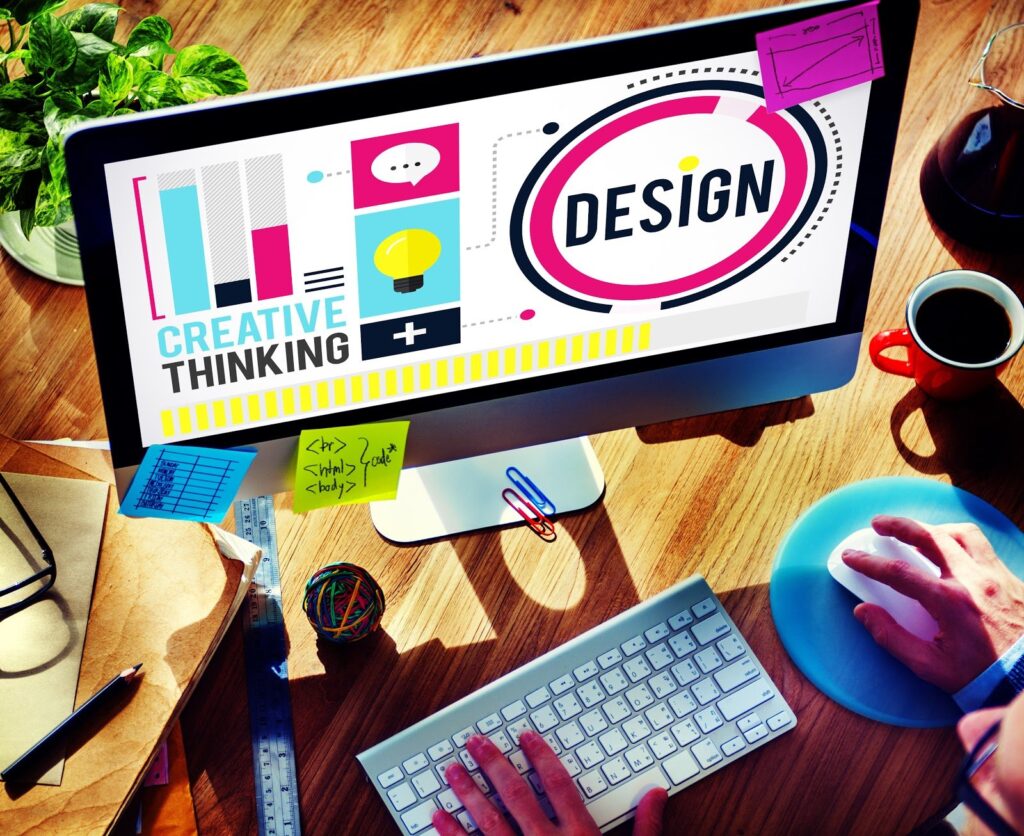
Businesses spend a lot of time and money on great website design, and it’s not hard to see why. Web design is the key to establishing a desirable online presence.
But beyond aesthetics, the layout of your website, color choices, content structure, and other key elements of web design are crucial to user experience. UX can often mean the difference between an online visitor who makes a purchase and one who clicks the back button.
According to Tulumi Digital Marketing, an Orlando-based web design company, 88% of online users are less likely to visit a site again after a poor experience. That’s a ton of traffic being turned away from your website and straight to your competitors’ sales pipelines.
Web Design and Conversion Rate
Web design breeds brand authority, which in turn significantly improves conversion rate. If you have an authoritative brand, people are more likely to trust your business and buy what you’re selling.
Let’s say you’re searching for a web design and development company. Upon landing on the website, all you see are drab colors, mismatched designs, and slow-loading images. You would likely click back and look for a better option.
Elements of Great Web Design
Whether your website features a minimalist design or decked out in the latest designs and functionalities, the important thing is that it is practical and portrays authority. Visitors landing on your website should feel comfortable clicking and scrolling through the pages.
By optimizing your site for user experience, there is a much better chance of receiving quality traffic and converting those prospects into paying customers. In order to achieve this, it’s important to understand what makes great web design.
- Speed — If your website takes more than three seconds to load, it’s slow and will likely cost you. 39% of online users will no longer click on a website if it takes too long to load. Google also considers page load speed when ranking a website.
- Optimized Content — Short, concise content that reads naturally is key. Content is how your website gets found. As much as possible, use your website content to paint a visual picture of your brand.
- Built For Your Audience — Who are you marketing your business to? Your answer should reflect your web design choices. The idea is to make the website relatable and give visitors a user journey that’s built around their preferences.
- Ad Placements — Some businesses allow ad placements on their sites. But it’s important to make sure that these ads do not cover content or disrupt user experience in any way. In some cases, the ad covers the whole screen, which can be problematic for mobile users since it becomes too difficult to navigate through the rest of the site.
- Dynamic and Practical Design — It is important to review your website performance from time to time. Consumer behavior changes quite often so it is important to incorporate a dynamic web design to adapt easily to these changes.
For example, an E-commerce web development company will design a website in a way that makes it easy to update featured products or replace sold-out products with just a few clicks. This saves time and allows the site to run more efficiently. - Analytics and Monitoring — What areas of your website are performing well and what areas aren’t? You can use tools like Google Analytics to review the user journey on your website and see if there are pages that aren’t converting, and then make necessary adjustments.
Is your web design due for an overhaul or upgrade?
Better now than later! As a leading web design company in Orlando, Tulumi can help announce your brand’s online presence and make your website stand out for all the right reasons. Call now at (800) 481-1720 or fill out the contact form to schedule your web design consultation.